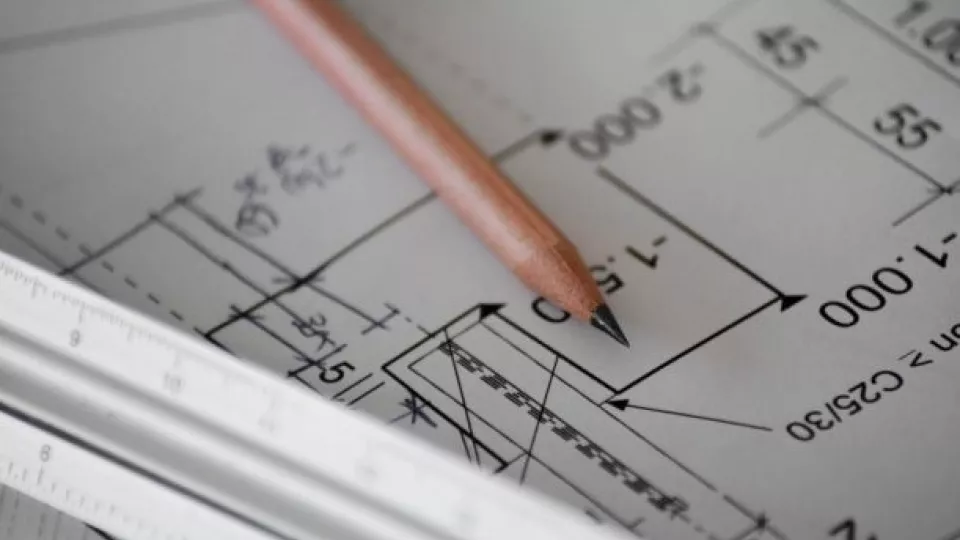Professor Susanne Iwarsson, coordinator for CASE and head of the Active and Healthy Ageing Research Group at the Department of Health Sciences, is the initiator and scientific manager for the experiment, which will be conducted during September and October 2020. She tells us more about what a mass experiment actually is:
“A mass experiment is a method used within the field known as citizen science. In this type of research, we strive for public participation and collaboration in the research process. As the name suggests, people participate in the experiment en masse, usually by gathering data that researchers can then process and publish.”
Why are you collaborating with ForskarFredag?
“When we started CASE in 2007 our aim was to develop our research together with affected stakeholders. Over the years we have developed and tested various methods for involving the elderly and their interest organisations in our activities. A few years ago I met Fredrik Bronéus from VA (Public & Science) at a conference and we began to discuss mass experiments as a method and their experience in the field.
They have been organising this type of annual activity since 2009. This sparked the idea and now we have received joint financing from Forte to conduct this interesting project.”
Why is this method suited to mapping accessibility for the elderly?
“Actually, we don’t know if it is; as researchers, we always adopt a critical attitude whenever we test a new methodology. Until now it has been unusual to involve the elderly in mass experiments and this will be the first time it has been done in Sweden. One of the doctoral students in my research group will be studying the pros and cons of the method in parallel with the experiment itself.”
What do you hope the experiment will achieve?
“Many elderly people are engaged in issues concerning accessibility but feel that it is difficult get a hearing. The Housing Experiment will create national awareness of issues concerning accessible housing. Pensioners’ organisations will have access to data that they can use for training purposes and for opinion forming both locally and nationally. With the support of researchers they can continue to analyse the collected data for a long time after the Housing Experiment is concluded. Through the dedication of teachers and school students we can create the conditions for learning about the situations and challenges facing the elderly, as an integrated element of teaching in biology, social studies, engineering, etc.”
The design of the experiment, with joint activities for the elderly, children and young people, creates intergenerational contact and increased understanding.
The fact that VA has a well-established annual ‘experiment’ provides the preconditions for media attention and greater social discourse regarding the challenges associated with an aging population and an aging housing stock.
